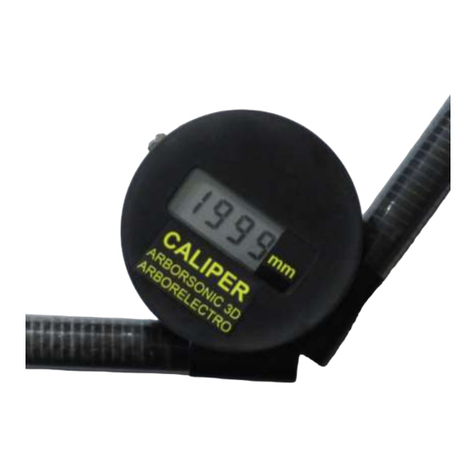Table of Contents
Introduction......................................................................................................................................2
The pulling test................................................................................................................................3
The DynaTree dynamic root evaluation system..............................................................................4
How does DynaTree wor ?.............................................................................................................5
Some considerations concerning the measurement.........................................................................7
The distance between the measured tree and the anemometer...................................................7
Wind velocity..............................................................................................................................7
Statistical approach.....................................................................................................................7
Multiple measurements...............................................................................................................8
Advantages and disadvantages....................................................................................................8
System components.........................................................................................................................9
Anemometer................................................................................................................................9
Dual axis inclinometer................................................................................................................9
Extensiometer............................................................................................................................10
DynaTree software....................................................................................................................11
Operation guide..............................................................................................................................12
Inclinometer setup.....................................................................................................................12
Anemometer setup....................................................................................................................14
Extensiometer setup..................................................................................................................14
Transferring data from the SD card to a different device..........................................................15
Analysis using the DynaTree software......................................................................................39
Transferring data wirelessly on Windows.................................................................................43
Footnotes..............................................................................................................................44
Introduction
The stability of urban trees is a ey question that affects everyone. Diseased and unstable urban
trees pose much ris for everyone, and are a serious liability for municipalities in case of an
accident. Tree stability assessment is therefore of the utmost importance. In the meantime it tends to
be much neglected in many areas.
At present, there is only one accepted method for tree stability assessment. The pulling test, while
well established and accepted, has several drawbac s, both in terms of reliability and ease of use.
Dynamic root stability determination is based on real life wind loads, and is therefore more
appropriate for assessing real life ris s. It is also much simpler to carry out than the traditional
pulling test, with the only drawbac being that it requires windy weather to carry out.
2





























